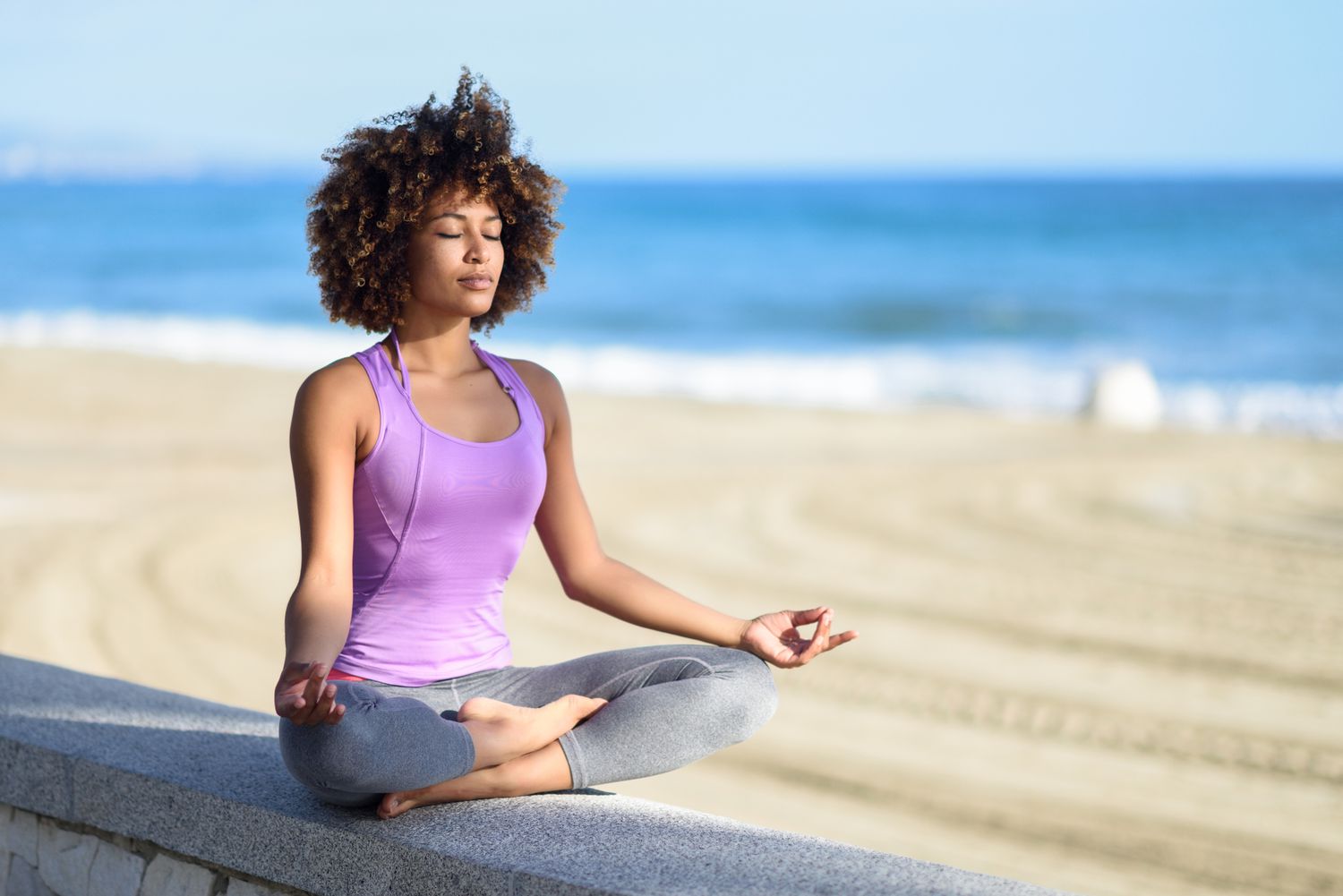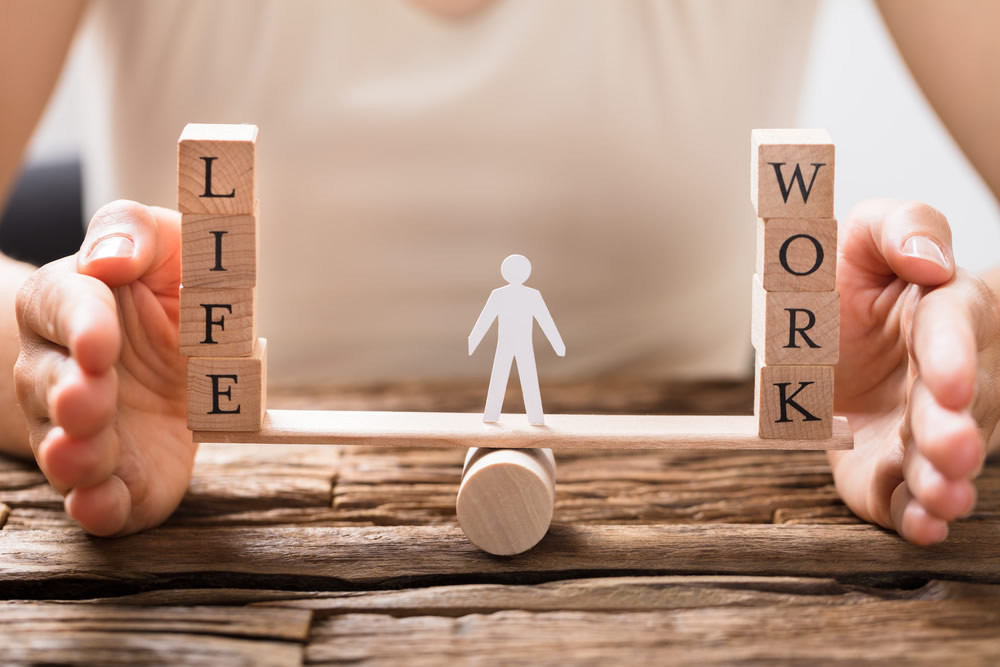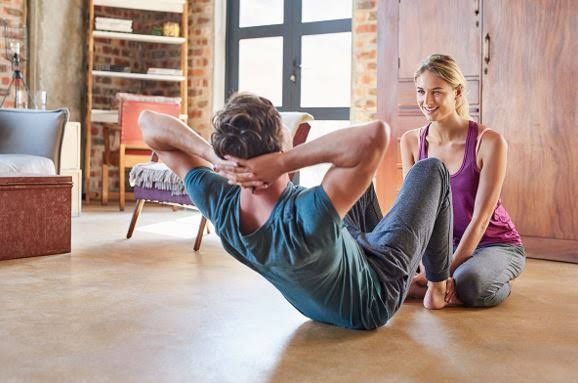
Mindfulness and Meditation: Incorporating Mindfulness Practices into Your Daily Routine
Mindfulness and meditation have gained immense popularity over the last few decades due to their proven benefits for mental health, emotional well-being, and overall life satisfaction. The integration of mindfulness into everyday life offers a practical, transformative approach to handling stress, staying grounded, and maintaining mental clarity in today’s fast-paced world. This comprehensive guide will explore the core concepts of mindfulness and meditation, their benefits, and how to seamlessly incorporate them into your daily routine.
What is Mindfulness?
Mindfulness is the practice of paying attention to the present moment in a non-judgmental, accepting way. This awareness involves being fully engaged with what is happening in the here and now, rather than getting caught up in thoughts about the past or the future. Essentially, mindfulness teaches us to be intentional about where we place our attention and how we respond to life’s challenges.
Key components of mindfulness include:
- Present Moment Awareness: Focusing attention on the current moment.
- Non-Judgmental Observation: Observing your thoughts, feelings, and surroundings without assigning them as “good” or “bad.”
- Acceptance: Embracing whatever arises in the moment without trying to change it.
The Science of Meditation and Mindfulness
Numerous scientific studies have highlighted the positive impact of mindfulness and meditation on both mental and physical health. Research has shown that these practices can lead to:
- Stress Reduction: A 2018 meta-analysis found that mindfulness-based stress reduction techniques significantly reduced stress and anxiety levels.
- Improved Focus and Attention: Regular mindfulness meditation strengthens the brain’s prefrontal cortex, which is responsible for decision-making and focus.
- Emotional Regulation: Meditation fosters emotional resilience by improving the brain’s ability to manage stress and emotions.
- Lowered Blood Pressure: Mindfulness meditation has been linked to improved cardiovascular health by lowering blood pressure and reducing the risk of heart disease.
Types of Meditation Practices
There are various forms of meditation that incorporate mindfulness, each offering unique benefits. Some of the most popular include:
- Mindful Breathing: Focusing on your breath, observing each inhale and exhale, and bringing your mind back whenever it wanders.
- Body Scan Meditation: A practice where you focus on different parts of your body, from head to toe, paying attention to any sensations or tensions.
- Loving-Kindness Meditation: Also known as ‘Metta’ meditation, this practice involves directing thoughts of love and compassion toward yourself and others.
- Guided Meditation: Often led by an instructor or through an app, this form of meditation involves following verbal prompts to enter a mindful state.
- Walking Meditation: Instead of sitting, walking meditation encourages mindfulness in motion, helping you tune into the feeling of each step and the environment around you.
How to Incorporate Mindfulness into Your Daily Routine
Mindfulness can be seamlessly integrated into everyday activities, transforming even the simplest tasks into opportunities for peace and reflection. Here are some effective ways to incorporate mindfulness practices into your daily routine:
-
Start Your Day with Mindful Breathing
Begin each morning with a 5-minute mindful breathing exercise. As soon as you wake up, sit upright in a comfortable position, close your eyes, and focus on your breathing. Pay attention to each inhale and exhale. This practice helps set a calm, centered tone for the rest of the day.
2) Mindful Eating
Many of us eat in a rush, distracted by work, phones, or TV. By eating mindfully, you bring full attention to the process of eating, from the taste and texture of the food to the movements of chewing and swallowing. Slowing down and savoring each bite helps you tune into your body’s hunger and fullness signals, aiding digestion and preventing overeating.
3.) Use Mindfulness During Commutes
If you have a daily commute, turn it into a mindfulness practice. Instead of letting your mind wander, focus on the sensation of your hands gripping the steering wheel or the movement of your feet while walking. Observe your surroundings without judgment or distraction. This can transform what is typically a stressful time into a peaceful, reflective part of your day.
4.) Mindful Breaks
Throughout your workday, take short mindfulness breaks to reset your mental state. This could be as simple as a 2-minute mindful breathing session, a quick body scan to release tension, or stepping outside for fresh air and mindful observation of your surroundings. These breaks help to refocus your mind, prevent burnout, and reduce stress.
5.) Evening Meditation
Incorporating meditation into your evening routine can help you wind down and process the day’s events with more clarity. A 10–15 minute guided meditation or body scan can relieve tension, promote relaxation, and improve your sleep quality.
6.) Mindfulness While Doing Chores
Chores like washing dishes or folding laundry provide an excellent opportunity for mindfulness. Pay close attention to the sensory details, such as the warmth of the water, the scent of the soap, or the texture of the fabric. Engaging in these tasks mindfully can turn them into moments of relaxation and introspection.
Building Consistency: Tips for Developing a Sustainable Mindfulness Practice
Incorporating mindfulness into your daily routine can be challenging at first, especially with a busy schedule. However, here are some tips to build a sustainable practice:
- Start Small: Begin with just a few minutes a day and gradually increase the duration. Consistency is more important than the length of time spent meditating.
- Set Reminders: Use apps, phone alarms, or sticky notes as reminders to practice mindfulness during specific moments of the day, such as meals, breaks, or bedtime.
- Stay Non-Judgmental: Don’t get frustrated if your mind wanders. Mindfulness is about gently guiding your focus back to the present, without judgment or criticism.
- Incorporate Mindfulness into Routine Activities: As described, mindfulness can be integrated into everyday tasks. This way, it becomes part of your lifestyle rather than a separate activity.
- Use Apps for Guided Meditation: Apps like Headspace, Calm, and Insight Timer offer guided mindfulness and meditation practices suited for beginners and experienced practitioners alike.
The Benefits of Daily Mindfulness Practices
The benefits of integrating mindfulness and meditation into your daily life extend beyond stress reduction and improved focus. With consistent practice, you may experience:
- Enhanced Emotional Resilience: Over time, you will become better at managing emotions and reacting to challenges with a calm, centered approach.
- Better Relationships: Mindfulness fosters empathy, patience, and understanding, improving your interactions with others.
- Improved Physical Health: The relaxation response triggered by mindfulness practices lowers blood pressure, improves immune function, and alleviates chronic pain.
- Greater Self-Awareness: Mindfulness helps you tune into your own thoughts and emotions, giving you a deeper understanding of yourself.
Conclusion
Incorporating mindfulness and meditation into your daily routine is a powerful way to improve both your mental and physical well-being. With a mindful approach to life’s daily tasks, you can foster a sense of peace and clarity that helps you navigate stress, maintain focus, and cultivate happiness. By starting small and building consistency, mindfulness can become a natural, effortless part of your routine, bringing you closer to a healthier, more balanced life.
Mindfulness is not a destination but a lifelong journey. The more you practice, the more it becomes an integral part of how you live, work, and relate to the world around you.





